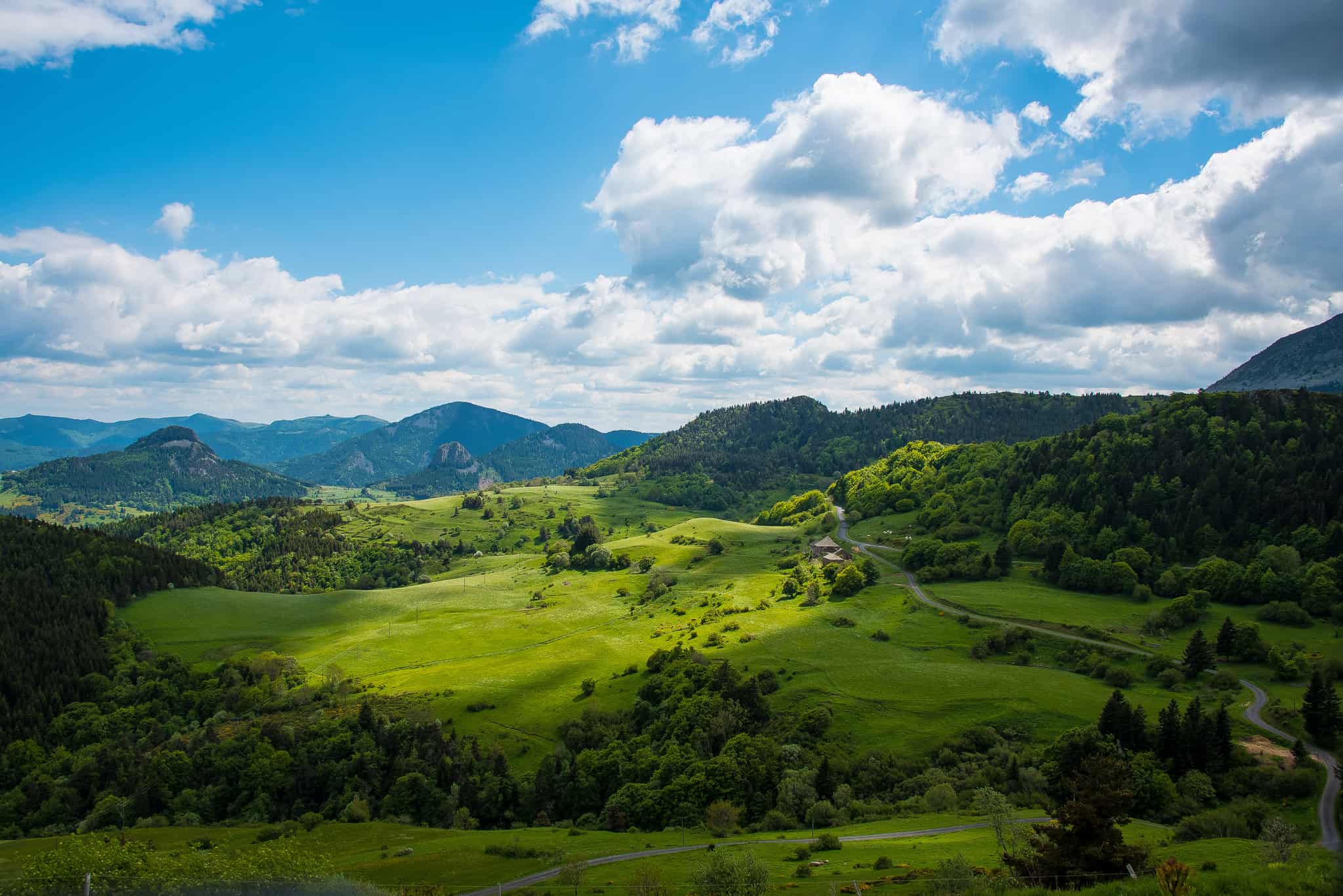For many the idea of France brings up thoughts of crunchy bread, melt-in-your-mouth cheese and a glass of award-winning wine, but the country has an ancient heritage and rich culture that have created some marvelous places to see. Most travellers are aware of the historic treasures locked away in the Palace of Versailles and Notre Dame, but there are many other UNESCO sites that capture the past and more are continually being added.
Decorated Caves

Thanks to a recent addition to the UNESCO list, this title now includes two sites. The Lascaux Caves were the first in Frances long list of heritage sites, included for the Paleolithic cave paintings found within the caverns. Estimated to be around 17,300 years old, the drawings represent some of the best known Paleolithic art in existence. The caves were open to the public in 1948 and by 1955 already had visible damage from the increased heat and humidity from the visitors. In 1963 the caves were closed and a gallery containing replicas of the paintings became available to visitors in 1983. Although the caves are still closed, the replicas are fascinating to see.
Chauvet-Pont-d’Arc Cave became a heritage site listing in 2014, having not been discovered until 1994. The artwork on the walls has been described as spectacular and dates back some 30,000 years. A child’s footprints in the cave were preserved when a landslide sealed the entrance and protected the cavern from all visitors. The walls contain hundreds of paintings, mostly depicting animals, and appear to have been deliberately placed on walls that were scraped and prepared to receive the art. It is not possible to enter the caverns but a replica cave recently opened.
Avignon

The medieval town centre is wrapped by ramparts that were built sometime around the 1300s. For almost 70 years the town was home to a series of popes and was ultimately purchased in 1348 by Pope Clement VI. Avignon remained under papal control until it was taken back during the French Revolution in 1791. Despite having a history dating back to the Neolithic period, it’s the influence of the popes that put this city on the list.

The Palais des Papes, a fortress-turned-palace is one of the most important medieval Gothic structures on the continent. This was the residence of the popes during the 14th century and is composed of two buildings, built for two popes. When the papacy returned to Rome the palace become obsolete and was allowed to slowly decay until become a national museum in 1906.
The Pont Saint-Benezet once spanned the Rhone, supported by 22 stone arches. Flooding of the river tended to collapse the bridge and after several hundred years of making repairs the bridge was abandoned. The four arches that remain are believed to have been built around by 1345.
Mont Saint-Michel

The 50 residents of the island commune are in a living example of a feudal society. The fortification takes its name from the Saint-Michel abbey and monastery that have been here since the 8th century, surviving in part due to the fortress walls and the incoming tide that would drown assailants not quick enough to return to the mainland. It’s easily defensible situation was reversed by King Louis XI who turned the island into a prison and the abbey become as much of a jail as a pilgrimage destination. The prison was not fully closed until 1863 after several notable persons waged a campaign to restore the historic building.

Now connected by a causeway, the island was originally only accessible during low tide when pilgrims or assailants could walk from the mainland. With walls that reach straight down, anyone not inside the fortress when the tide came in would be washed away. Today the doors are open to visitors and tourism is the only source of income for the commune.
The Loire Valley

Often called the Garden of France, the 280 km span of countryside in the middle section of the Loire River is filled with orchards, vineyards and asparagus fields, With such fertility it’s hardly surprising that the region has been inhabited since the Paleolithic era and has a number of historic towns within the valley. The portion between Chalonnes-sur-Loire and Sully-sur-Loire is the designated heritage site and contains many beautiful chateaux that stand as architectural monuments.

Most of the 300 or so chateaux were built by the French royalty and nobility during the 10th century. The huge complexes often had a detailed church on the grounds in addition to the elaborate home dwelling and many were designed to perch atop a hill overlooking the valley. Although some of the structures have declined over the years, many have been restored to serve as historic monuments, rivaling palaces for their grandeur and elaborate gardens.
Have you ever been to Mont Saint-Michel?
Let us know - comment below!


